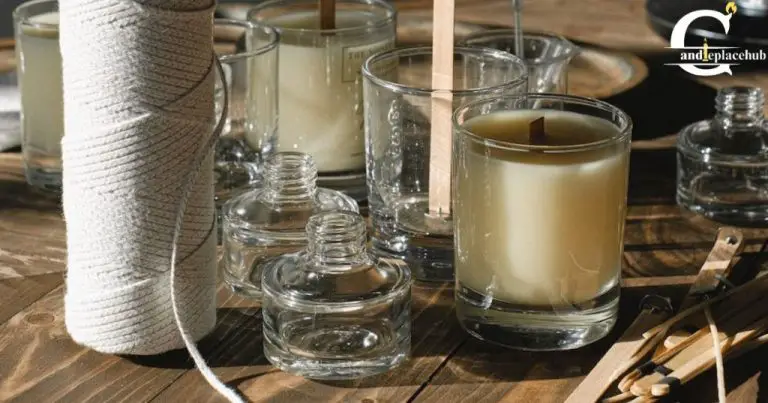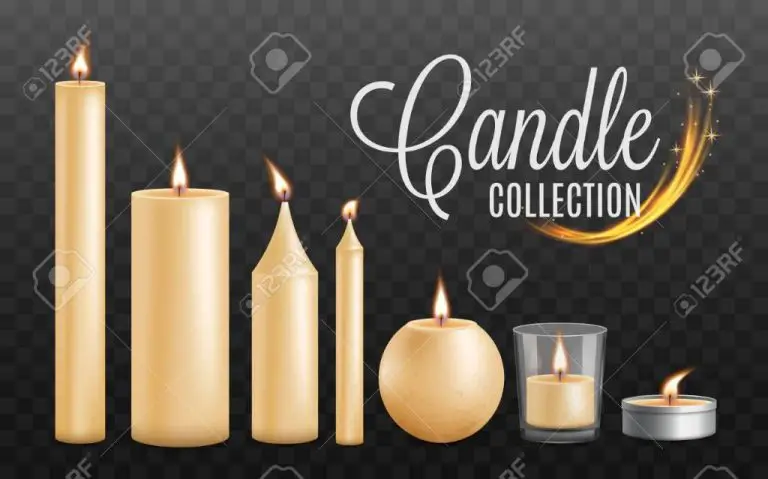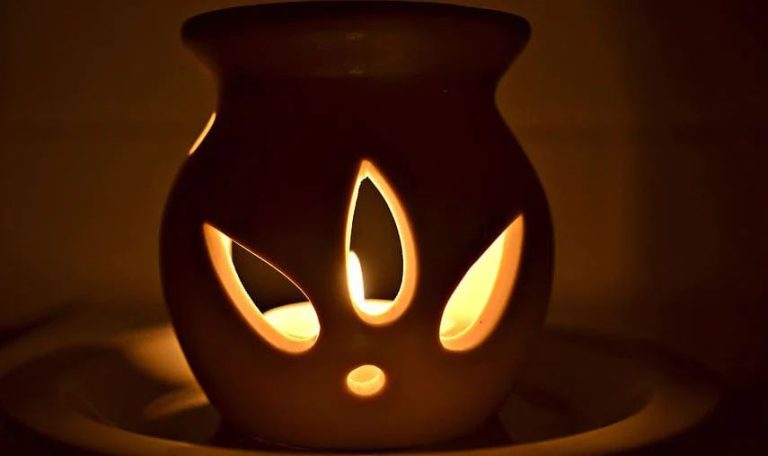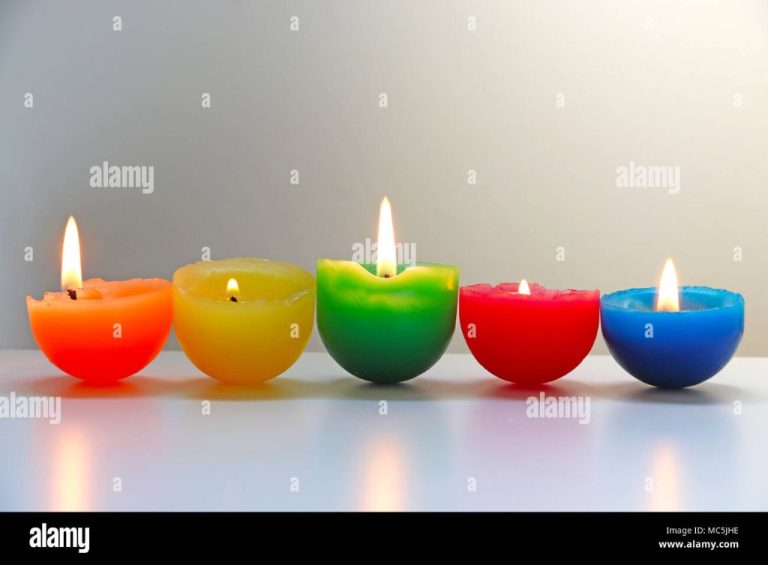What Do You Call The Thing That Holds A Candle?
Introducing Candle Holders
A candle holder, also known as a candlestick, is an object used to hold a candle in place. The main purpose of a candle holder is to provide a stable base for the candle so it can burn safely and steadily without tipping over. Candle holders also serve a decorative function, adding visual interest and elegance to a space.
People use candle holders for a variety of reasons. The most basic purpose is to hold a candle while it burns, providing lighting and ambiance. Candlelight creates a warm, cozy feeling and many people enjoy the aesthetic look of flickering flames. Throughout history, candles were a vital source of light before electricity. Today, candle holders allow people to harness that historic charm and nostalgia.
In religious and spiritual settings, candles held in decorative holders are used on altars and in rituals. Candle holders are popular decorative accessories for events like weddings, dinners, and holiday parties. They help set the mood and add a special touch. No matter the occasion, candle holders elevate the experience by turning a basic candle into an elegant display.
Types of Candle Holders
Candle holders come in a variety of types depending on their design and intended placement. The major categories of candle holders include:
- Tabletop: These are designed to sit on table surfaces and hold tapers, pillars, votives, and tealight candles. Examples include candlesticks, hurricane vases, bowls, trays, and candelabras. They are often made of glass, ceramic, metal, or wood.
- Wall-mounted: Wall sconces and shelves are designed to hold candles securely against walls. They are usually mounted with nails, screws, or adhesives and hold tapers, votives, or tealights. Common materials are metal, wood, and glass.
- Hanging: These suspend candles from ceilings, chandeliers, lighting fixtures, or other overhead structures with chains, cords, or rods. They provide creative, decorative accent lighting using tealights, votives or tapers.
- Outdoor: Made for patios, porches, and outdoor spaces, these resist weather and hold up taper, pillar, and votive candles. Popular ones include lanterns, torches, and spikes.
Candle holders can also be grouped based on the primary material used:
- Glass: Classy and transparent holders like vases, jars, bowls, and hurricanes. Glass distributes light beautifully.
- Ceramic: Artistic and colorful options made from fired clay or porcelain.Finish options include glazed, painted, or unfinished.
- Metal: Durable holders like wrought iron, cast iron, aluminum, and copper. Metals like brass and silver polish up nicely.
- Wood: Natural material great for carved, rustic, or polished looks. Teak, pine, oak, and mahogany are common woods.
These major materials influence the style, durability, price, and purpose of the candle holders.
Candle Holder Design Elements
Candle holders come in a wide variety of shapes, sizes, materials, and decorative styles that influence their form and function. Some key design elements to consider when selecting a candle holder include:
Shape – Common shapes include round, square, rectangular, oval, tiered, or novelty shapes like animals, flowers, etc. The shape impacts how the candle sits in the holder and the overall aesthetic.
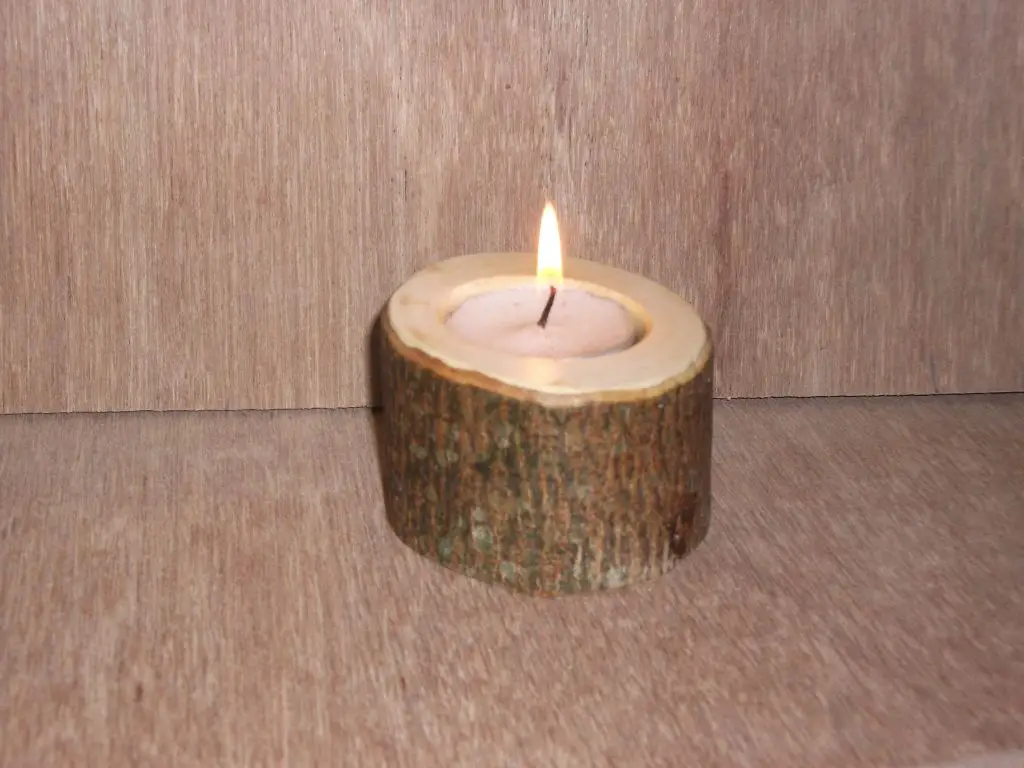
Size – Candle holders range from small tea light holders to large pillar holders. Consider the candle size needed and the proportions relative to the area where it will be placed.
Material – Common materials include glass, ceramic, porcelain, metal, wood, plastic, or crystal. Material affects durability, weight, appearance, and price. Glass and crystal catch and reflect light beautifully.
Decorations – Many holders feature decorative elements like cutouts, etchings, color, or added embellishments. These details can complement a room’s style from simple to ornate.
Aesthetic considerations include style (modern, traditional, rustic), color palette, and ambiance. Candle holders span a wide design spectrum for functional lighting or as decorative accent pieces to enhance visual appeal.
For a modern, raw twist on a classic design, Stoff Nagel’s matte black candle holder is considered iconic.
Safety Considerations
Candles can be dangerous if not used properly. It’s important to follow some basic safety tips to prevent fires and injuries when burning candles.
According to the National Fire Protection Association (NFPA) https://www.nfpa.org/education-and-research/home-fire-safety/candles, you should never leave a burning candle unattended. Fires can start easily if a candle gets knocked over by children, pets, or even a breeze. Always stay in the same room with a lit candle and keep it out of reach of kids and pets.
The NFPA also recommends keeping candles at least 12 inches away from anything that can burn, including curtains, furniture, bedding, paper, flammable decorations, etc. It’s safest to use candle holders that are sturdy and won’t tip over easily. Avoid putting candles near drafty areas where they may blow over.
According to the National Candle Association https://candles.org/fire-safety-candles/, you should always trim wicks to 1⁄4 inch before lighting to prevent high flames and smoking. Extinguish candles before going to sleep and never burn a candle all the way down – put it out before it gets too close to the holder.
By being vigilant and following basic safety precautions, you can safely enjoy candles in your home.
Where to Place Candle Holders
Candle holders can be placed in almost any room of the home or office to add warmth and ambiance. Some good locations to consider are:
On shelves or mantles in living rooms. Grouping several candle holders together on a mantle creates a gorgeous focal point. Stagger holders of varying heights for added visual interest (Source 1).
On dining room tables or sideboards. Place one large statement holder in the center of the table surrounded by smaller votives. Or line up an assortment of holders on a buffet or sideboard to create a lovely glow during dinner parties (Source 2).
On nightstands in bedrooms. A candle on each nightstand creates soothing ambiance. Opt for contained votive holders to minimize risk of accidentally knocking over.
On desk tops in home offices. A small candle holder with a LED candle can add calming light during work hours.
On bathroom counters surrounding sinks. Choose holders made of moisture-resistant materials. Add coordinating soaps, lotions, and towels for a spa-like feel.
Wherever you place your candle holders, make sure to keep them out of high traffic areas and away from flammable materials like curtains or upholstered furniture.
Cleaning and Caring for Candle Holders
Properly cleaning and caring for candle holders is essential to keep them looking their best. Here are some tips on maintaining candle holders:
Dusting
Dusting your candle holders regularly will help prevent build up of dust and dirt. Use a soft, dry cloth to gently wipe down the holder. For intricately detailed holders, use a soft brush to get into crevices.
Washing
To give your holders a deeper clean, wash them with mild dish soap and warm water. Check the care instructions first if it’s an antique or delicate material. Use a soft sponge or cloth to gently scrub. Rinse and dry thoroughly. For brass holders, a mix of equal parts vinegar and flour can help remove tarnish (Source).
Polishing
After washing, apply a small amount of mineral or olive oil to polish and protect metal surfaces. Use a microfiber cloth to buff the oil into the holder. This helps prevent future tarnishing or corrosion. Do not polish antique holders as it could devalue them.
Candle Wax Removal
To remove dried wax, place the holder in the freezer overnight. The wax will become brittle and chip off more easily. Use a plastic scraper to gently remove excess wax, then wash as normal. Avoid metal scrapers or picks as they could scratch the surface (Source).
Storage
Store candle holders in a dust-free space when not in use. Wrap or box delicate holders to prevent damage. Storing unused holders with their candles inside can lead to wax leaks – it’s best to keep them separate.
Don’ts
- Don’t use harsh chemicals or abrasives to clean vintage or antique holders.
- Don’t soak holders in water or let metal pieces air dry, which can lead to corrosion.
- Don’t polish antique, vintage or painted holders.
By providing gentle yet thorough cleaning and proper storage, candle holders can stay looking beautiful for many years of use.
History and Origin
Candle holders have been in use for millennia, with evidence of early candle holders found in a variety of ancient cultures. The earliest known candle holders date back to Ancient Egypt and Ancient Greece around the 5th century BCE. These early candle holders were typically made of clay or bronze and were used to provide lighting and hold candles in place.
The spread of candle holders corresponded with the spread of candlemaking. As candles became more widespread in Europe during the Middle Ages, the use of candle holders grew as well. Regional differences in candle holder styles also began to emerge, reflecting local tastes, customs, and available materials.
In Europe during the Renaissance, candle holders became more ornate and reflected the elaborate architectural and artistic styles of the period. The baroque and rococo periods saw candle holders crafted into increasingly complex shapes and designs. Candle holders also reflected religious uses during this time.
In early America candle holders were simple and practical in nature, made from materials like tin, brass, and pewter. Later eras like the Victorian period brought ornate and decorative candle holders made from glass, silver, and porcelain into American homes and public spaces.
While electrification caused a decline in candle usage, candle holders remain a decorative object in many homes. Today candle holders come in a huge array of styles to suit any decor.
Different Cultures and Candle Holders
Candle holders often take on special meaning and symbolism in different cultures around the world. Artisans handcraft unique candle holders that reflect cultural motifs and designs.[1] For example, candle holders from Thailand feature elegant floral and animal motifs, as well as geometric patterns.[2] These designs reflect Buddhist iconography and local wildlife. Candle holders serve both decorative and spiritual purposes, used in temples, shrines, and homes.
In Mexico, artisans craft candle holders from materials like carved wood, ceramic, and metalwork. Intricate patterns and vibrant colors reflect Mexico’s diverse cultural heritage. Talavera ceramic candle holders display the famed style of Puebla. Candle holders in the shape of skulls and religious figures represent the Mexican celebration Dia de los Muertos. These candle holders symbolize honoring loved ones who have passed away.
Across cultures, candle holders allow for meaningful expression of beliefs, values, and customs. They provide light and ambiance while showcasing a culture’s distinctive artistic legacy. Unique global candle holders represent the diversity of human imagination and skill.
Selecting Candle Holders
There are a few key considerations when selecting candle holders to ensure you find the right fit for your needs:
Quality
Look for candle holders made from high quality materials like metal, glass, ceramic, or wood that will be durable and withstand heat. Pewter, cast iron, and brass are excellent choices. Check item descriptions for details on materials and construction.
Size
Choose a candle holder size proportionate to the candle you plan to use. A pillar candle needs a taller container versus a votive or tea light. Scale holders to work with your décor and space. Larger holders make a statement while smaller ones are more versatile.
Budget
Candle holders range greatly in price from a couple dollars for basic plastic or resin versions to over $100 for fine crystal or silver. Set a budget and look for sales on higher end materials. Simple designs are most affordable.
Where to Shop
Browse candle holders in stores like Jamali Garden and Luxe Decor that offer wholesale pricing and bulk options for large quantities. Check home goods stores, candle shops and websites for unique finds.
Creative Uses of Candle Holders
Candle holders have many creative uses beyond simply holding candles. With a little imagination, candle holders can be repurposed in various ways:
Display small trinkets or knickknacks. The cup of a candle holder provides a perfect little nook for displaying small decorative items like sea shells, stones, figurines, or artwork.
Use as a vase for fresh or faux flowers. The cup shape can hold a small bouquet or even a single dramatic bloom.
Create mood lighting. Fill the holder with glowing LED lights or battery-powered tealights for ambient lighting without flames.
Make organizers. Group candle holders together to corral items like makeup brushes, pens and pencils, or cooking utensils.
Craft jewelry or trinket holders. Glue candle holders to surfaces to hold rings, earrings, or necklaces in the cup.
Display succulents or mini plants. The cup can become a tiny planter for a live succulent or faux plant.
Overall, repurposing candle holders as decor or storage can give new life to these vintage, thrifted, or handmade items.


